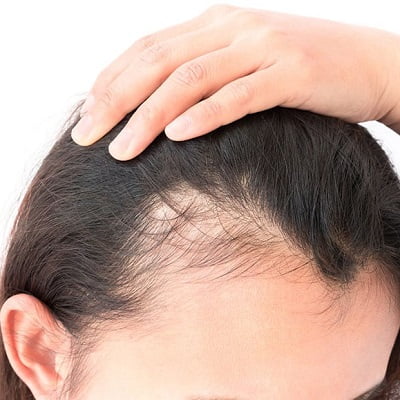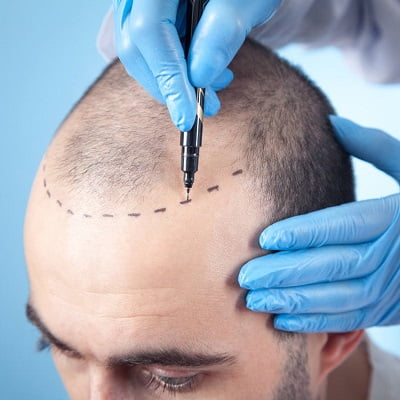
There are a number of reasons associated with hair loss. A number of infectious means and infection-related disorders can also be the cause of hair loss. Three major types of infections that cause hair loss are described here.
Ringworm
Surprisingly, ringworm is not a type of worms but is a fungal infection that can arise anyplace on the body. If it grows on the scalp, it can cause bald patches. Ringworm can be termed as the same thing as an athlete’s foot, the same kind of infection that can affect the nails as well.
On the scalp, ringworm usually starts growing as a small pimple that gradually expands in size, leaving rough patches of short-term baldness. The fungus enters into the hair fibers of the affected area and these hairs become fragile and break off easily, leaving a bald patch on the scalp. Affected areas are often scratchy, red, and sore, with rough patches.
This fungus is commonly found in soil and may be transmitted to humans by contact with infected animals. You can also be affected by ringworm from pets that carry the fungus; generally, cats are the common carriers. Ringworm is infectious. It can be passed from one person by direct skin-to-skin contact. You can also catch ringworm through contact with polluted items such as combs, unwashed clothing, and shower or pool surfaces.
Treatment:
Treatment for ringworm infection differs depending on the specific fungus involved. Some types of ringworm infection will go away naturally and no treatment is required. However, most commonly, doctors prescribe antifungal griseofulvin.
This anti-fungal drug is very effective in hair and skin. It likes to bind with keratin, which is a crucial component of hair, skin, and nails, and halts the fungus from infecting the keratin. If the fungi still show some resistance to the drug, then higher doses and longer courses of treatment can be followed. As an alternative to this drug, newer anti-fungal drugs like terbinafine, itraconazole, and fluconazole can also be recommended.
Folliculitis:
Folliculitis is a term used for the inflammation of hair follicles. It usually looks like acne with little rings of inflammation neighboring a hair follicle. In the primary stages of folliculitis, the hair fiber may well be present, but as the folliculitis grows the hair often starts to fall out.
When the inflammation is severe, it can permanently abolish the hair follicles, leaving little bald patches behind. Treatment: Antibiotics such as bacitracin, bacitracin, or neomycin can be used to cure minor folliculitis. However, for more severe infections, oral antibiotics may also be used.
Piedra:
Piedra takes place when the hair fibers are infected by a fungus. The visible indicator of a piedra infection is a progress of hard bumps on hair fibers.
There are two basic types of piedra: black piedra and white piedra, denoting the color of the bumps formed on the hair fiber. Black piedra is mostly found in hot countries, while white piedra is found mostly in Europe and Southern parts of theUnited States.
Piedra infection commonly affects hairs of the scalp, body, and genital areas. However, when the infection is severe the fungus deteriorates the hair fiber, making it easy to break off. This can result in a patchy hair loss.
Treatment:
Treatment commonly implicates shaving off the affected areas. Antifungals such as ketoconazole or terbinafine can also be prescribed.







Book your Appointment